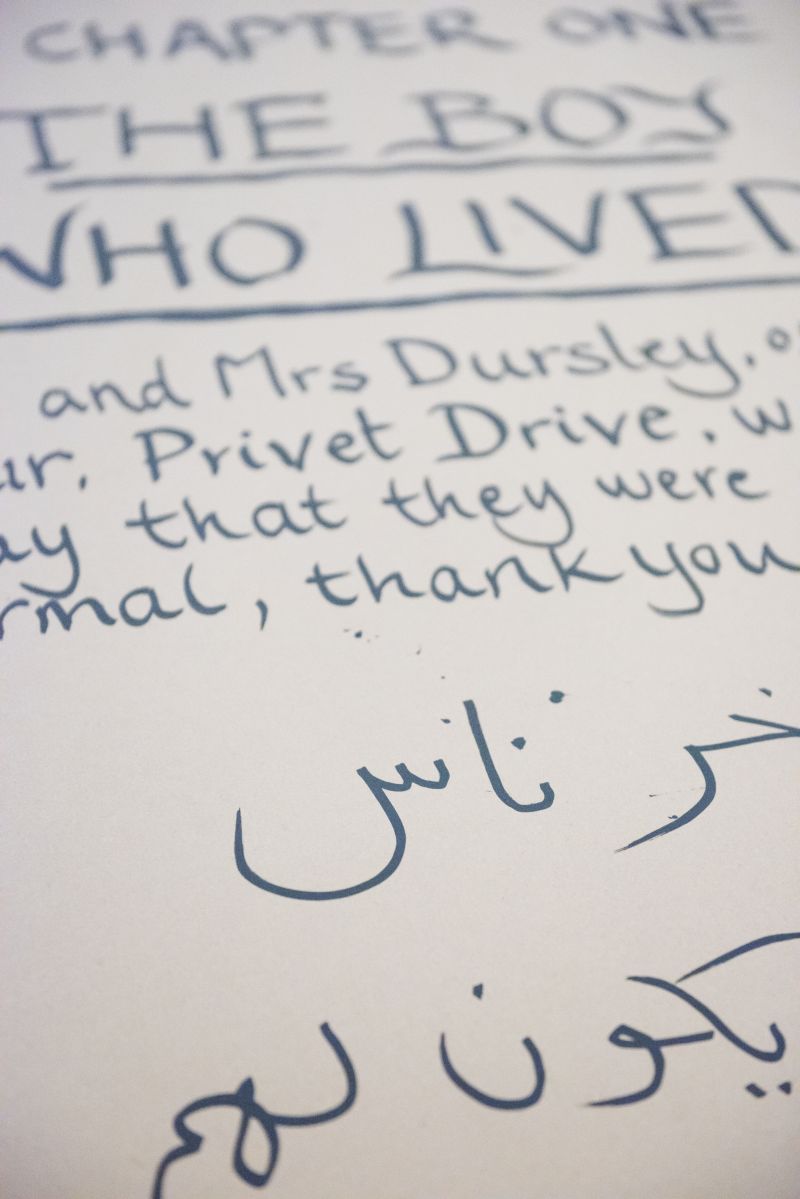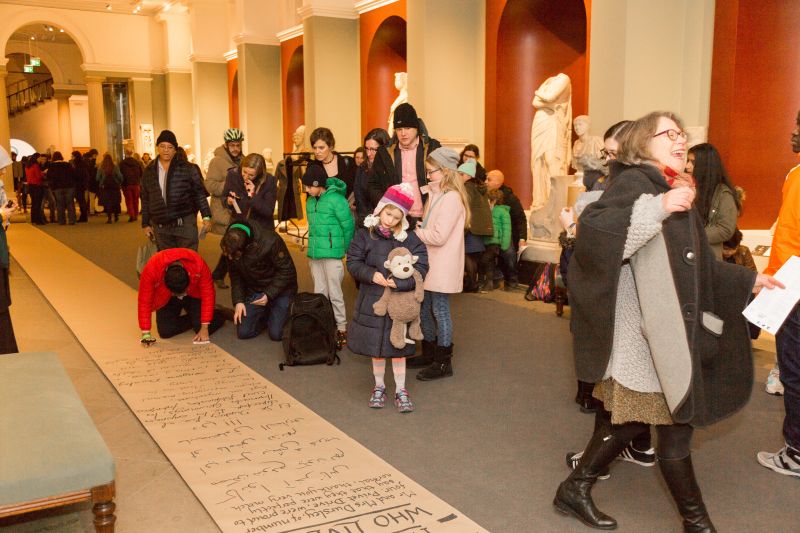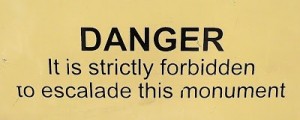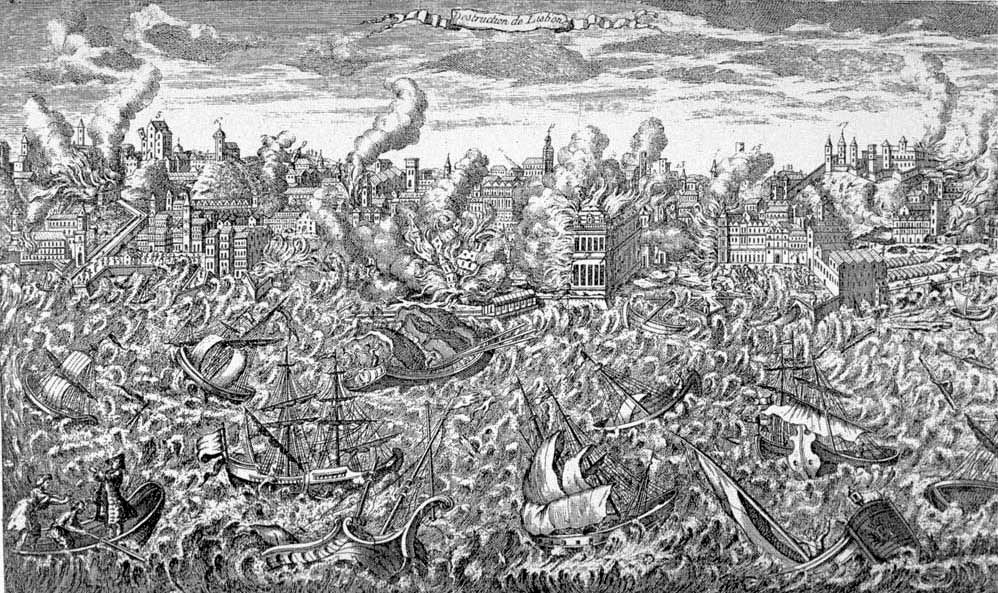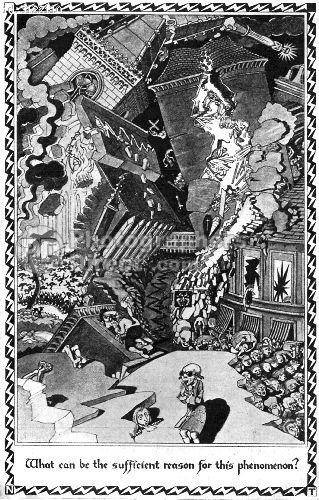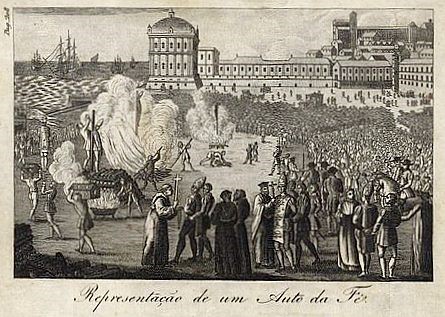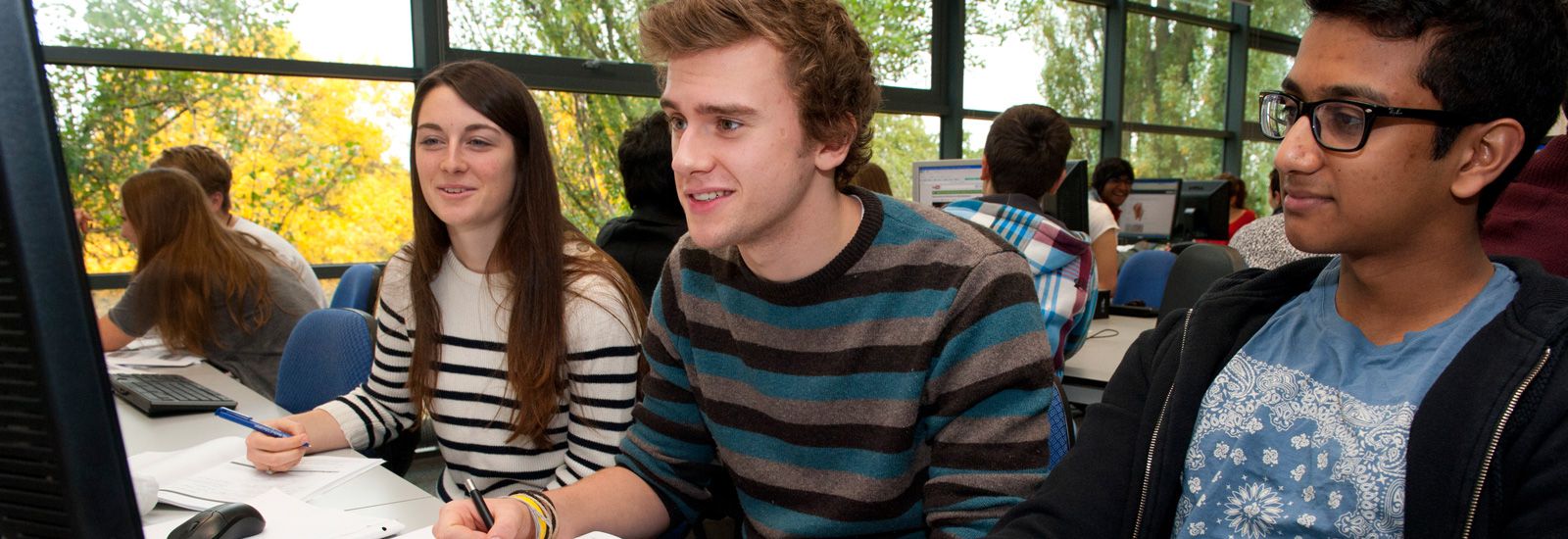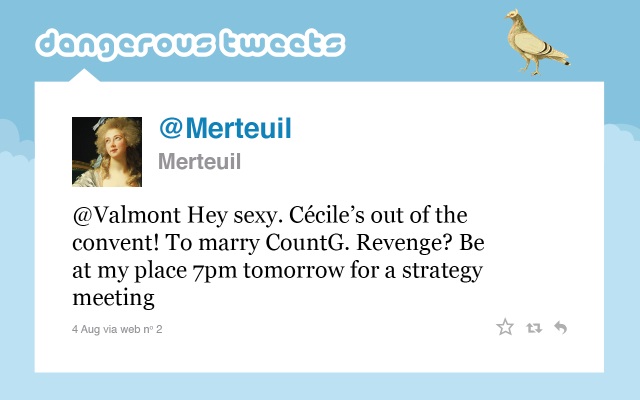
posted by Simon Kemp
As promised last week, here are extracts from the winning entries in our French film competition.
First, here is part of Sophie Still’s reimagining of the ending of Jean de Florette. Our judges said her new end to the story ‘both captured the mood and character of the film and dramatically reworked the ending’.
Manon is standing, holding a furry, wriggling mass in her arms. Once again, she is standing in Ugolin’s garden and once again, he is nowhere to be found. She approaches another flowerbed of plants and vegetables, crouches and sets the rabbit down in the soil.
Manon: There you are, little rabbit.
The rabbit sniffs at a bean plant and begins to nibble on a lettuce leaf.
Manon: That’s right. Feel free to eat whatever you want!
Suddenly an out-of-breath Ugolin rushes into the garden.
Ugolin: (holding up the secateurs, shouting angrily) Looking for something? How dare you destroy my flowers! Do you know how much they were worth?
Manon jumps in surprise, revealing the rabbit which is munching happily on the vegetables. He screams.
My plants! That’s it you’ve had it now!
Ugolin lunges towards the flowerbed. Manon screams and backs away quickly but he grabs the rabbit instead and dangles it by its ears.
Manon: (shouting) No! Put him down! Don’t touch my rabbit!
Ugolin: (grinning manically) But little girl, he’s not your rabbit anymore. He has come into my garden and eaten my plants – that makes him a pest, which means I’m allowed to do this…
He drops the rabbit onto the ground in front of him and snatches up the shovel that was leaning against the wall of the house. He raises it above his head.
Manon: (screaming) No! No!
Ugolin brings down the shovel and crushes the rabbit. Manon bursts into tears and screams and screams. Before he can do anything else, she dives in, scoops up the rabbit’s broken body and runs as fast as she can down the hillside. Ugolin calls after her.
Ugolin: Come back in here again and you’ll be next!
******
Manon hands the rabbit to Jean, who examines it carefully.
Jean: Oh my! Poor creature. Did a fox do this?
She wipes a tear from her eye and sniffles but does not reply. Jean picks up his shovel and begins to dig.
Jean: We are gathered here today to celebrate the life of Monsieur –
Manon: (quietly) Pierre
Jean: Monsieur Pierre who lived a short but happy life. He loved lettuce leaves and we loved him. He will be missed.
He picks up the rabbit and is placing it carefully in its deep grave when he nearly drops it in surprise.
What is this? The bottom of this grave is full of mud! But if there is mud, that must mean that there is—
Manon: (bursts out) Water!
Secondly, here is an extract from Lidija Beric’s new ending for Paris nous appartient, which the judges described as a ‘brilliant and ingenious reworking’ which ‘perfectly captures the darkness and complexity of the original’.
« Pourquoi lui as-tu dit de venir? »
Nos yeux se sont rencontrés et je l’ai vu, j’ai vu ce mélange de haine et d’amour quand il m’a regardée.
‘Terry !’
Je n’ai daigné répondre. Nous avons attendu dans le silence comme les ombres calmes au milieu d’une tempête.
Les pas faibles d’Anne ont soudain pu être écoutés et Philip a craqué. Il a crié encore « Pourquoi ? Pourquoi lâche –»
« Il est nécessaire qu’elle vienne. » Ma voix était monotone.
Les coups frappés à la porte ont transpercé l’air comme des balles.
« Ta nécessité est arrivée. » Il a craché.
« Comment oses-tu? Je n’ai rien ! Je n’ai rien sans mon enfant ! C’est toi, tu as tous ce que tu veux-»
« Tais-toi! Elle est folle, ton enfant, elle sera bientôt sur le point de mourir! Quand oublieras-tu la passé et te concentreras-tu à l’avenir ? Paris est en danger des forces étrangères. Si nous restions là sans rien faire-»
« Je vous écoute ! Terry ! » a-t-Anne poussé des cris.
Je n’ai réagi qu’en baissant ma voix. « Pourquoi penses-tu que je l’ai dit à Anne ? »
« Pas encore, évidemment-»
« Je vais lui dire maintenant. »
« Et quoi, alors ? Ce que tu as dit à Juan ? »
« Qui sait quel rôle je vais jouer aujourd’hui ?» j’ai dit énigmatiquement.
J’ai ouvert la porte pendant que Philip a disparu aux ténèbres de la pièce voisine.
« Anne. Montrez-moi. »
Anne n’a pas du tout hésité à me donner la note de suicide.
Je lui ai mené dans le salon. C’était une interprétation maintenant. J’ai allumé la platine pour que la musique de Juan puisse m’accompagner avec l’air mystérieux.
Anne a deviné tout de suite. « C’est l’enregistrement de Juan ? »
« Qui d’autre ? » J’ai dit du ton condescendant. « Et je sais ce que vous pensez. Que j’ai trahi Gérard parce que je ne le lui ai donné pas. Ma raison était simple. Je ne pouvais pas le laisser partir. Cela aurait signifié que j’avais oublié Juan. Ma connexion avec lui était si forte que je devais garder l’enregistrement. »
« C’était quoi, votre connexion ? Que l’aviez-vous tué ? » Anne a demandé.
« Les agents de la Falange l’a tué. »
« Ce n’était pas suicide ? Mais vous lui avez dit quelque chose. Quelque chose qui l’a affecté…»
« La même chose que je vais vous dire. Maintenant. Êtes-vous prête ? C’est une vérité de la puissance incroyable. »
« Vous avez pour but de me détruire ? »
« Ca dépend. Voudriez-vous vous asseoir ? »
Comme si elle était dans un rêve, elle est tombée dans la chaise.
We’ll launch a new competition at the same time next year, and we look forward as always to the wildly creative contributions we receive.



